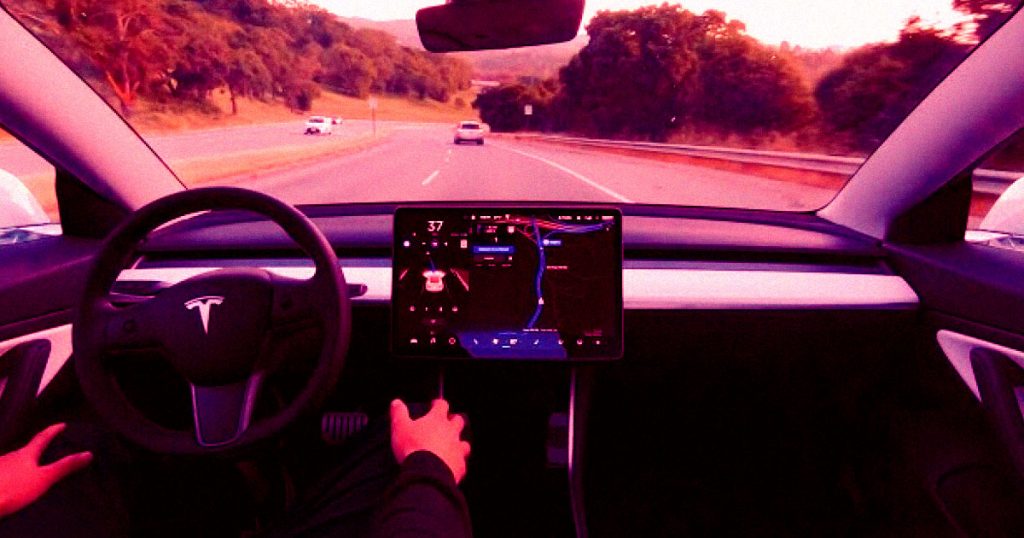In a world where technology is advancing at an unprecedented pace, even the most mundane aspects of life have taken on a digital twist. The automotive industry, too, has witnessed a transformation with the rise of internet-connected vehicles. Among these, Tesla stands out as a front-runner, not only for its cutting-edge electric cars but also for the controversies that sometimes surround its vehicles.
The tales of Teslas crashing, catching fire, or even exploding have become somewhat commonplace in recent times. However, an altogether different and intriguing story emerged when news broke about a Tesla Model X that seemed to have miraculously risen from the grave. The incident was recounted by Jay Yarow, an executive editor at CNBC, through a Twitter post that quickly went viral.
Yarow’s story began with a crash in the United States that left his Model X severely damaged. The car was declared a total loss, and he eventually sold it for parts. Little did he know that this would not be the end of the car’s journey. To his astonishment, he later discovered that his once-wrecked Model X had resurfaced thousands of miles away in Ukraine, a nation embroiled in a brutal land war. The bizarre twist didn’t stop there – the person behind the wheel was using Yarow’s Spotify account to listen to music, including tracks by the artist Drake.
The enigma deepened as CNBC delved into the incident. It turned out that Yarow had been receiving notifications from the Tesla app, which was still connected to the car on his phone. This unexpected connection gave rise to a broader concern: the security risks associated with internet-connected cars. This issue is not exclusive to Tesla; any car with internet connectivity can potentially pose risks to its former owners.
CNBC’s investigation revealed that Yarow had sold his totaled Model X to a New Jersey junkyard that partnered with an online auction site called Copart. This site specializes in selling cars with “salvage titles” – those deemed total losses by insurance companies. Interestingly, a significant number of these salvage-titled cars end up being repaired and shipped to other countries. Ukraine, in particular, has seen an influx of such vehicles, with more than 90 percent of imported cars bearing salvage titles.
While neither the auction site nor the junkyard explicitly confirmed the car’s sale to Ukraine or Europe, experts suggested that it wouldn’t be difficult for such a transaction to occur. Cars often transition from repair shops or junkyards to secondary markets, ultimately finding their way to distant shores.
“Cars go to the repair shop or junkyard,” Mike Dunne, a former General Motors executive who now runs the car consulting firm ZoZoGo, told the outlet. He added that such cars “then find their way to a second market and then are suddenly being shipped overseas.”
The peculiar tale took another twist when it was revealed that Yarow had received an email from Tesla instructing him to disconnect his account from the car after the crash. It remains unclear whether he followed this instruction, but the incident highlights the challenges that arise when digital connections linger even after physical ownership has ended.
Ultimately, the incident serves as a reminder of the complexities and potential risks associated with the digital transformation of automobiles. While the use of connected technology can enhance convenience and functionality, it also opens doors to unanticipated scenarios. From Spotify accounts traveling across continents to salvaged cars finding new life in war-torn regions, the fusion of technology and transportation continues to present a myriad of intriguing and sometimes perplexing stories.

